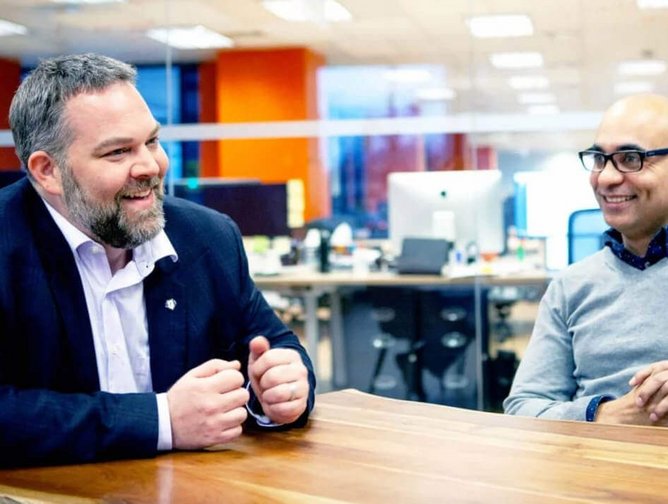Large banks today have digitised several core processes for customers, but there’s still an incredible amount of room for optimisation. Activities like applying for a mortgage, opening an account, and applying for a credit card have all been digital for a while, but the supporting, complex processes that enable these core functions are still manual.
They’re usually multi-step, require several internal approvals and ultimately weigh down a customer’s end-to-end experience.
This poses a challenge for traditional banks that are under pressure to meet consumer requests for more on-demand digital experiences. Players like Chime and SoFi, for example, have lured customers (and revenue) away from large financial institutions because of their more attractive user experience.
In order to keep pace with these fresh-faced services, banks need to tackle the issue of modernizing complex processes tied to legacy systems.
The Rise of Complex Processes
Complex processes play a supporting role in financial institutions’ core processes, with the latter often receiving the bulk of resource investment and priority. This is because improving core processes can result in a smoother customer onboarding experience – and a subsequent uptick in customer acquisition because of increased satisfaction.
But, when core processes are automated and the supporting complex processes are still manual and utilize outdated workflows powered by legacy systems the end-to-end experience becomes disjointed and can lead to frustration and a decline in long-term customer retention.
For this reason, it’s imperative that complex processes don’t take a back seat in a financial institution’s digital transformation. Without addressing these processes sooner rather than later, easy-to-fix problems can morph into large, extensive projects that include multiple stakeholders, various lines of business, legacy systems, and integrating technology processes on a much wider scale.
Solve from the Inside Out
When faced with the seemingly daunting task of improving complex processes, banks have traditionally relied on procuring technology solutions, like robotic process automation or document processing solutions, to “save the day.” Large project teams are formed to oversee the transformation, business requirement gathering sessions and UX meetings are scheduled, and more–just to solve one pain point. It’s a huge time, money, and resource investment, and once it’s complete – which could easily be in a year or more – there’s a real possibility that all of the efforts won’t produce the desired results.
Instead, financial institutions should capitalise on the resources already available to them: in-house knowledge workers, who are experts at their own processes, to build solutions that maximize the value that already lives within existing systems and processes.
The Low-Code Solution
Knowledge workers usually have subject-matter expertise, but lack in-depth IT training. But, there’s still a way to involve them in digitising the complex processes that take up their time and hamper their efficiency. This is where low-code solutions come into play. Low- and no-code development platforms have the ability to put technical capabilities in the hands of non-technical people, empowering them to become citizen developers.
They can create applications that automate manual tasks, connect incompatible programs, merge siloed data without requiring formalised IT support, and scale as the financial institution grows or its needs change.
COVID-19 proved that organisational needs can change overnight and the ability to be flexible and agile has never been more important. When manual, complex processes become automated, knowledge workers are empowered to focus on strategic parts of their job and IT departments are free to manage more high-value projects and pressing security challenges. And, most importantly, the entire organisation has more bandwidth to increase customer satisfaction.
About the author: Art Harrison is the CGO (chief growth officer) and co-founder of Daylight Automation. He describes himself as a former (reformed) software developer and entrepreneur who now spends his days building a word-class company (Daylight) that helps organizations deliver digital experience for any business process. He says, “Above all else, I value results and creativity. Getting things done doesn’t have to be difficult, expensive, or time-consuming. Heck, it should even be fun!”
Credit: Source link





















